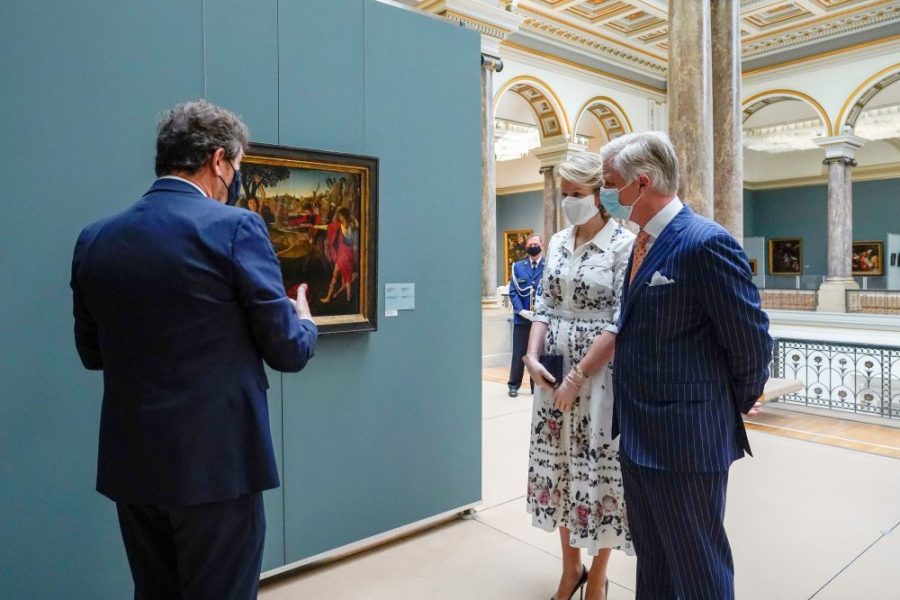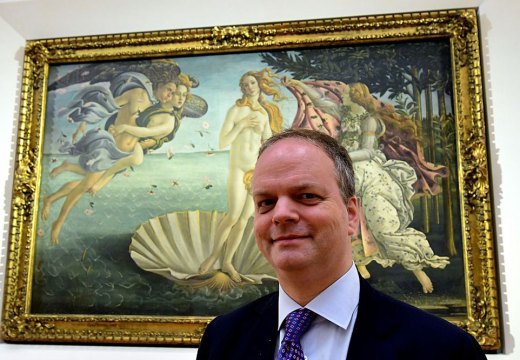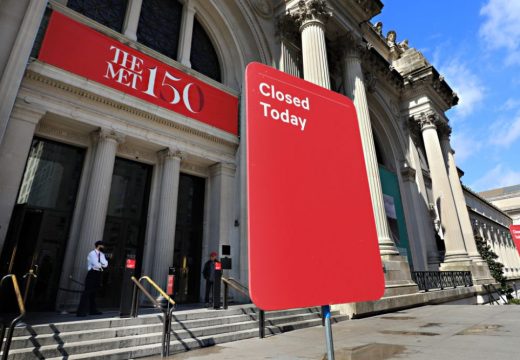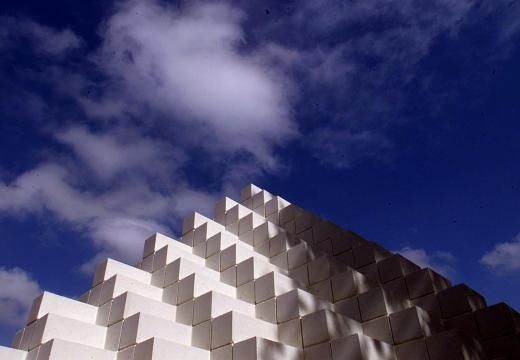The rapid succession of museum closures between January and March is still a recent event but, as major museums in Asia and mainland Europe start to tentatively reopen their doors, we are now getting early glimpses of the ‘new normal’. In the UK, museums can reopen no earlier than July, in the third phase of the government’s exit plan. Museums in the United States must adhere to the policy of their state and, while many are actively preparing to reopen, few can yet confirm when. The Art Institute of Chicago, for example, hopes to reopen on 1 July, while the Pérez Art Museum Miami, conscious of the quality of experience it will be able to offer, is aiming for 1 September. Museums further ahead of the game are in touch with their international colleagues, tweaking local guidelines to suit their specific requirements. The institutions forced to wait, and keen museum-goers, are looking on apprehensively to gauge their success.
Caution has widely triumphed over urgency. On 19 May, the Old Masters Museum in Brussels was the country’s first federal museum to open, its halls suited to social distancing, but other reopenings in the city will be staggered through the summer. Museums in Austria have been allowed to open since mid May, although major institutions like the Albertina and Kunsthistorisches Museum are waiting until the 27th and 30th respectively. The Hong Kong Museum of Art has been consulted by several Western museums. It first closed on 29 January, partially reopening in March before a resurgence of coronavirus cases in the region. Its second reopening on 6 May was more ambitious, making roughly half its galleries accessible to give space to spread out. Like most Asian institutions, it is taking temperatures at the entrance and providing disinfectant mats for shoes.
Many measures soon to be commonplace in museums won’t feel too novel to anyone making weekly supermarket trips. These include enforced social distancing, sanitiser dispensers, contactless payment and plexiglass shields to protect staff. The wearing of masks, increasingly a feature of our communal spaces, is widely advised, although to what extent public museums can enforce this varies by country. In most cases where masks are required, they will be made available for purchase.
Another perceptible change, and perhaps a welcome one, will be restrictions on footfall. Groups are almost universally banned and it is wise to book tickets in advance online. With the requirement that all visitors keep at least 1.5 metres between them, most museums have calculated their new capacity according to a desired ratio of people to some metres squared of floor space. In the case of Amsterdam’s Van Gogh Museum, opening 1 June, this means as few as 200 people at one time across all four levels.
Each museum must determine how best to monitor the flow and distribution of people, so the Ateneum in Helsinki, conscious of its narrow corridors, will introduce both a one-way system and a recommended route when it reopens on 2 June. The Kunstmuseum Basel has cushioned its more popular galleries with spacious waiting areas. Fondation Giacometti, a private museum, was one of the first to open in Paris after the French government began its ‘déconfinement’ on 11 May. It was well prepared for the pandemic, both practically – a partner in Beijing suggested it order plenty of masks and plexiglass – and conceptually, it has always ‘proposed another kind of visit with very few people at one time’, says director Catherine Grenier. It will admit just 10 people every 20 minutes into its space of 350 sq m.
A key justification for the reopening of museums is that they are places that nurture our intellectual curiosity, which is now more necessary than ever. Matthias Schwarz, the Kunstmuseum Basel’s head of finance and operations, is therefore wary of replicating the highly regulated atmosphere of an airport, one in which travellers become accustomed to following signs and may otherwise switch off from their surroundings. ‘It’s not very cosy if every two metres you have orange signage making you aware you need to keep your distance’, he says, preferring communication methods that aren’t ‘too in your face’. Stella Rollig, artistic director of the Belvedere in Vienna, which partially reopened on 15 May, sees museums as already inherently regulated spaces. ‘Like it or not, it is part of the museum experience and a deeply internalised collective habit for us to follow certain rules,’ she says, for example not touching artworks and keeping quiet.
Though most museums are confident about establishing the public’s trust, some have developed shiny new incentives, including the Leopold Museum in Vienna, which will give free goodie bags to 100 visitors when it reopens on 27 May, and discounts of 50 per cent to the first 100 people to book tickets for the 28th. Fondation Giacometti has introduced a special ticket for young adults, a group it believes was particularly badly affected by the lockdown. It will also launch a new curator-led tour, available to download on a smartphone. It is one example of how many museums are using their recent forays into digital communication to enhance real life experiences.
When asked about the place of museums in a socially distanced future, most speak of a renewed sense of purpose. Michel Draguet, director of the Royal Museums of Fine Arts of Belgium, plans to use the spacious, well ventilated Old Masters Museum to stage small-scale music and theatre productions in an effort to revive the country’s devastated cultural scene. Without throngs of tourists, interested only in the highlights reel, he hopes the museum’s one-way system might encourage more prolonged engagement with the collection.
Like many museum directors, including Eike Schmidt at the Uffizi, who spoke to Apollo last month, Draguet has turned his attention to local audiences and believes this is a unique opportunity to educate them about their own identities, while avoiding a nationalistic approach as borders remain closed. The Old Masters Museum was founded by Napoleon, and its diverse European collection will, he hopes, sustain the visitors’ global consciousness. Referring to a societal crisis of loneliness, which arguably predates the pandemic, he adds, ‘solitude is a disease, but art brings people together. The challenge is for museums to do that while still respecting the rules.’
Unlimited access from just $16 every 3 months
Subscribe to get unlimited and exclusive access to the top art stories, interviews and exhibition reviews.














![Masterpiece [Re]discovery 2022. Photo: Ben Fisher Photography, courtesy of Masterpiece London](http://www.apollo-magazine.com/wp-content/uploads/2022/07/MPL2022_4263.jpg)
It’s time for the government of London to return to its rightful home